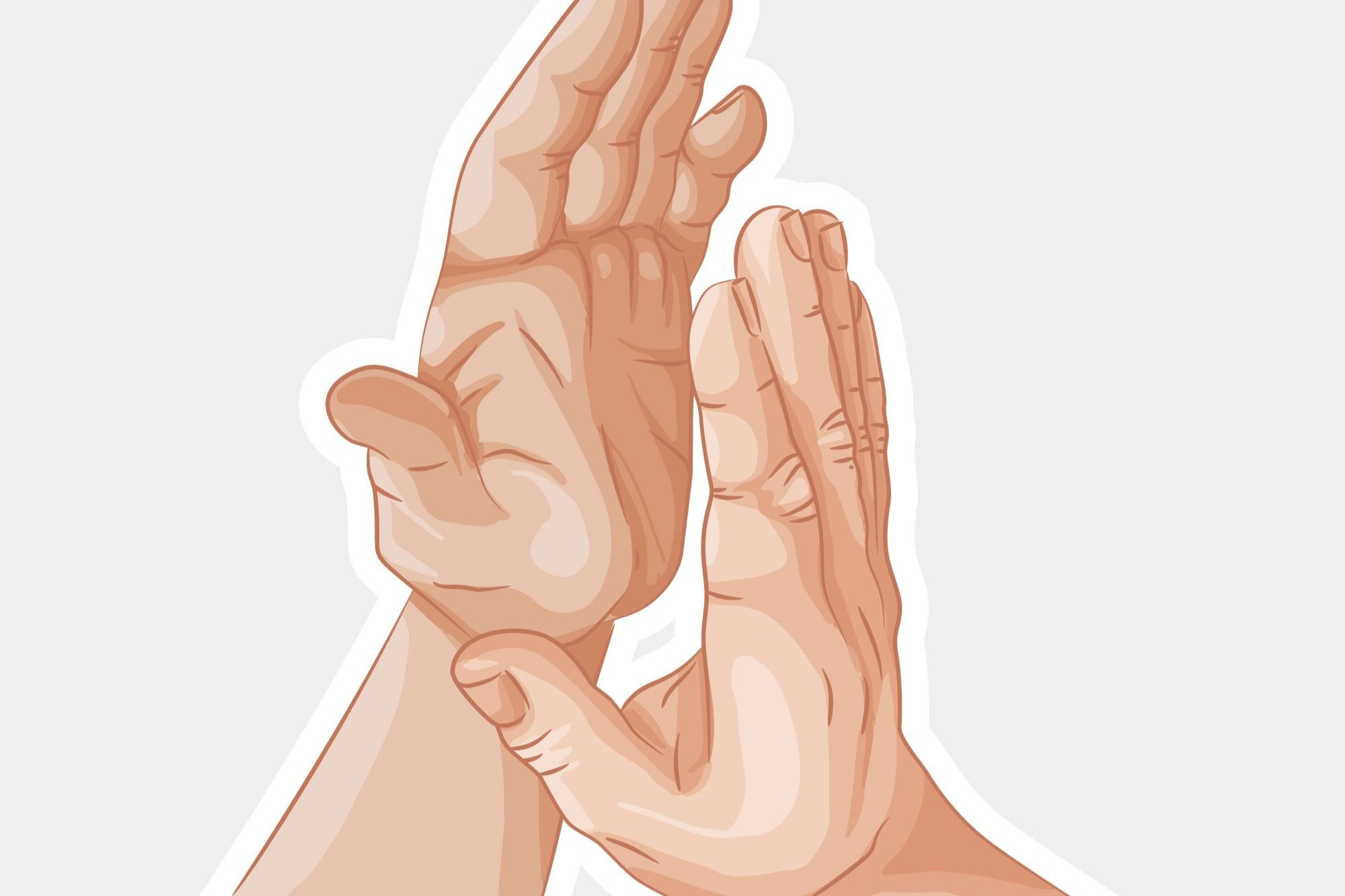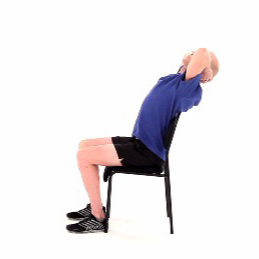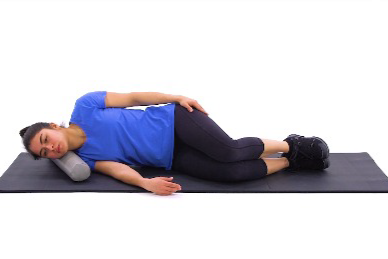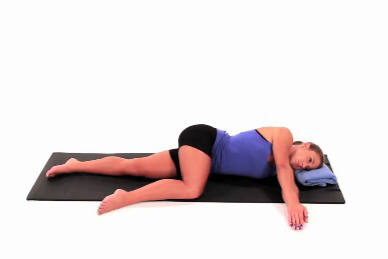Endometriosis and lifestyle considerations
While there is currently no diet that can cure endometriosis, a growing body of research suggests that certain dietary and lifestyle habits may help reduce symptoms and improve quality of life. Eating a wholesome, anti-inflammatory diet—rich in vegetables, fruits, whole grains, and healthy fats—while reducing intake of red and processed meats, has been shown to be beneficial for many individuals with endometriosis.
In addition to nutrition, incorporating daily relaxation practices and somatic work (such as gentle movement, breathwork, or body-based therapies) can support nervous system regulation and help manage chronic pain and fatigue often associated with endometriosis. This holistic approach—addressing both the body and mind—can be a powerful part of symptom management and self-care.
1. Begin by doing regulation exercise each morning
Sit down with hands facing each other and fingers almost touching, stare at the space between the fingers, the fingers will slow drift towards each other, and that’s okay, close your eyes and imagine the hands in your head, take a deep breathe, and very slow exhalation from mouth. Do this 5 times. Open eyes.
2. Eat breakfast before drinking tea or coffee
3. At every meal incorporate vegetables including with breakfast -add tomatoes, cucumbers and olives at breakfast, dairy such as yogurt and eggs was also considered healthy
4. Take a morning slow walk for 10 minutes
5. Lunch-include proteins, grains, vegetables and fruit
6. Workout in afternoon
7. Dinner -also include fiber, protein, and vegetables
8. Somatic exercises before bedtime or in the evening
sitting in chair with a back, place hands behind head-supporting your head, lean back gently bending from your midback and not your low back. Repeat 10 times
lie down on your side, place a rolled up towel or bolster in your neck. Relax your head in to the bolster/towel, take gentle slow breathe for 30-60 secs.
lie down on your side, gently roll your body to one side and bend your top leg as shown in image, keep both your arms in the front. Take slow deep breaths for 30-60 secs, and repeat on other side
9. Avoid screens 1 hour before beds
10. Use a herbal tea if that helps you sleep better, and try to sleep between 10:30- 11 pm most nights




